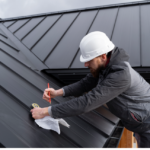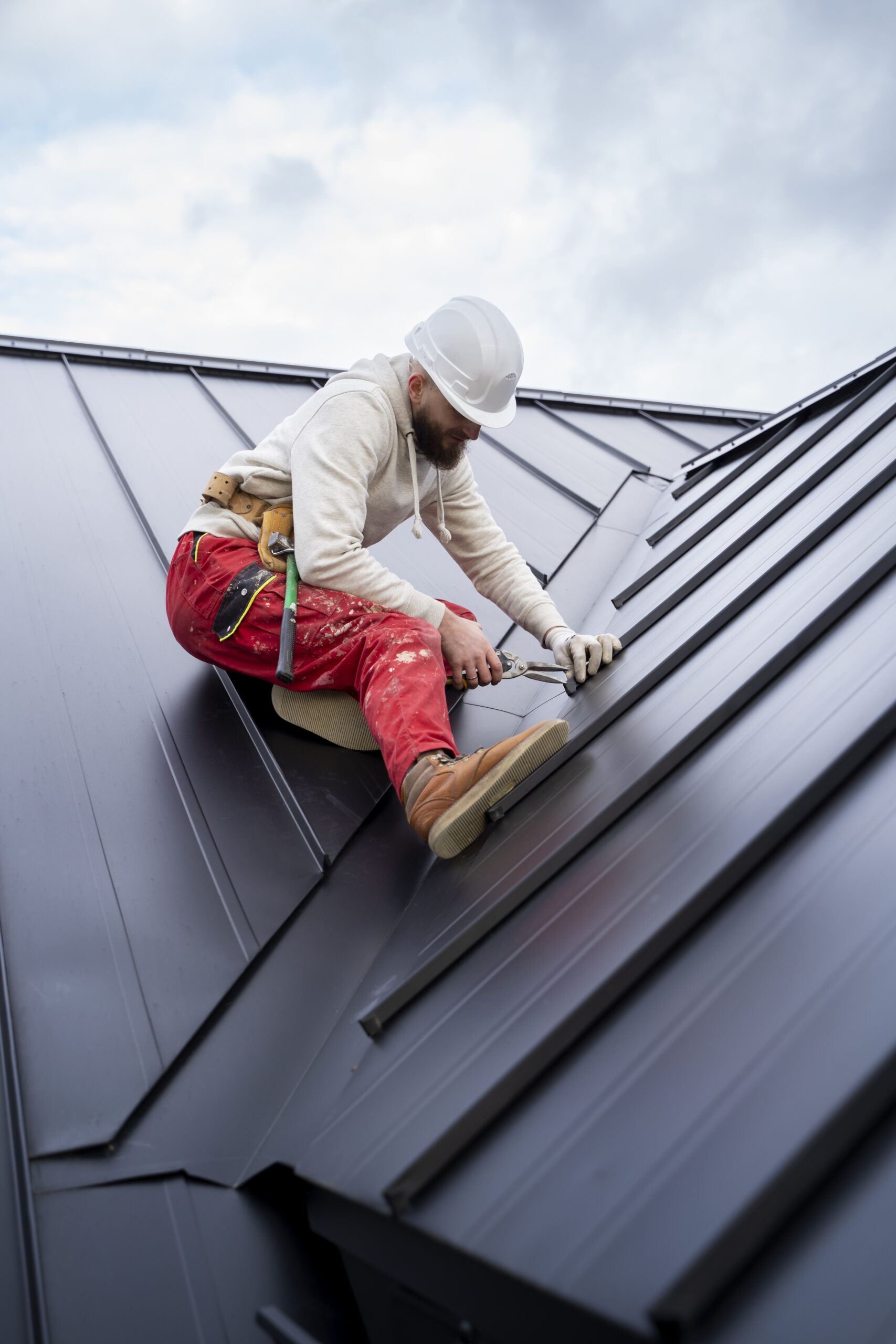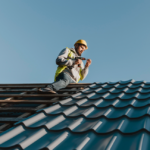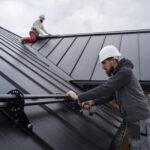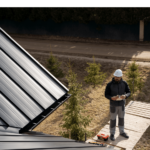Stone Coated Metal Roofing: Understanding the Drawbacks
December 22, 2024 | By Mike Gonet | Filed under: Blog
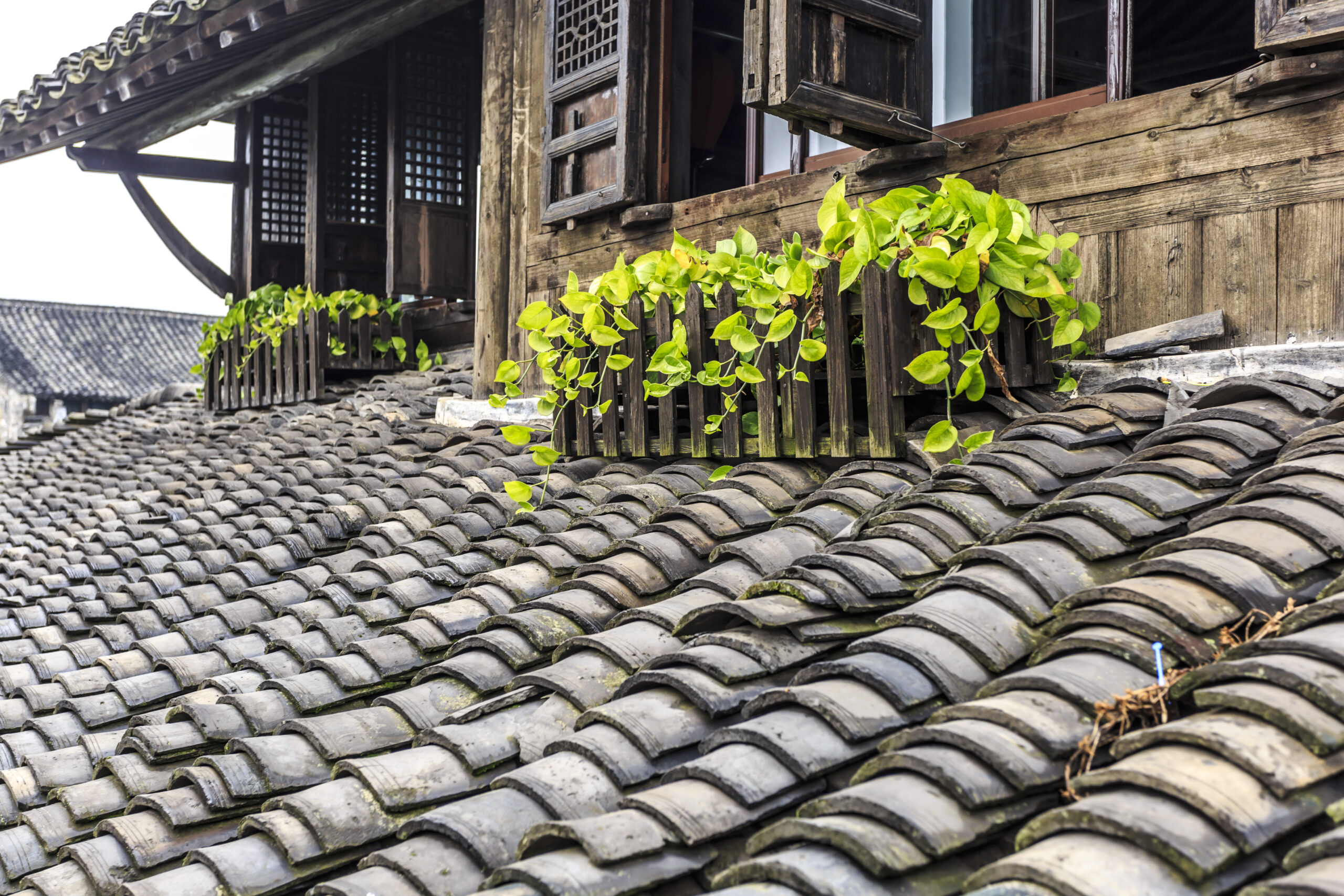
While stone-coated metal roofing offers numerous advantages as a roofing material, it’s important to recognize its potential drawbacks before making an investment. These specialized panels, known for their durability and aesthetic appeal, come with specific challenges that homeowners should carefully evaluate. By examining these disadvantages, you can decide if this system aligns with your needs. A trusted metal roof services company in West Warwick can guide you through this process and address any concerns you may have..
Cost Considerations and Initial Investment
Stone-coated metal roofing is among the pricier options on the market. Its upfront cost is significantly higher than traditional asphalt shingles or standard metal roofing, often amounting to two to three times more. Installation costs can also add to the expense, as this roofing requires specialized skills and experience. Contractors with the expertise to install these systems are fewer, potentially leading to higher labor costs and scheduling delays. Although its long-term durability may offset initial expenses, the steep upfront cost can be a barrier for many homeowners.
Installation Challenges and Complexity
Installing stone-coated metal roofing demands precision and expertise. Panels must be meticulously aligned and securely fastened to prevent issues like water infiltration and compromised wind resistance. The additional weight of the stone coating requires careful evaluation of the roof’s load-bearing capacity. Mistakes during installation can be costly to correct and may affect the roof’s overall performance. Furthermore, cutting and fitting panels around features like chimneys, vents, and valleys adds complexity, often extending the installation timeline.
Maintenance and Repair Issues
Despite its durability, stone-coated metal roofing presents unique maintenance challenges. When damage occurs, finding matching replacement panels can be difficult, especially if the original color has faded or the style has been discontinued. Over time, the stone coating may experience granule loss, similar to traditional asphalt shingles. Repairs often require specialized skills, making it harder to locate qualified contractors. Additionally, walking on these roofs for maintenance or inspections must be done with care to avoid damaging the stone coating.
Performance Limitations
Although marketed as a premium solution, stone coated metal roofing has certain performance limitations. The stone coating can, in some conditions, trap moisture against the metal, potentially accelerating corrosion if protective layers fail. In regions with significant temperature fluctuations, thermal cycling may weaken the bond between the stone coating and metal substrate. Some designs are more vulnerable to wind-driven rain at specific angles. The added weight of the stone coating can also reduce metal roofing’s inherent advantages, such as efficient snow shedding.
Aesthetic and Design Considerations
While stone-coated metal roofs offer various style options, they may not perfectly replicate the look of natural slate or clay tiles. In areas with high UV exposure, color fading over time can be more pronounced than with other materials. The limited range of colors and styles might not meet every homeowner’s aesthetic preferences. Additionally, coordinating changes to the home’s exterior color scheme with a fixed roof color can be challenging.
Other related posts:
